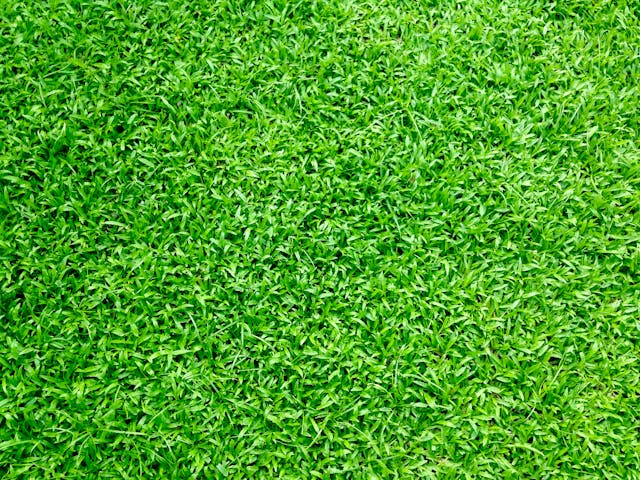A lush, vibrant lawn is a source of pride for any homeowner, but achieving that pristine look requires careful planning and maintenance. One essential aspect of lawn care is weed prevention, and a key tool in the battle against weeds is pre-emergent herbicide. By understanding when and how to apply pre-emergent, you can effectively control weeds and nurture a flawless lawn throughout the seasons.
Article Sponsor: Austin Concrete Staining
Understanding Pre-Emergent Herbicide
Pre-emergent herbicide works by inhibiting the germination of weed seeds. It forms a barrier in the soil that prevents weed seeds from sprouting, effectively stopping weeds before they become a nuisance in your lawn. However, timing is critical when applying pre-emergent herbicide, as it must be applied before weed seeds begin to germinate.

Timing Is Crucial
The timing of pre-emergent application depends on the type of weeds you are targeting and the climate of your region. In general, the best time to apply pre-emergent herbicide is in the early spring, before weed seeds start to germinate. For warm-season grasses, such as Bermuda grass or St. Augustine grass, this typically means applying pre-emergent in late winter or early spring, when soil temperatures reach around 55 to 60 degrees Fahrenheit. For cool-season grasses like Kentucky bluegrass or fescue, application should occur in early fall or early spring, depending on the specific climate zone.
Monitoring Soil Temperature
To determine the ideal time for pre-emergent application, it’s essential to monitor soil temperatures. Many weeds begin to germinate when soil temperatures reach a certain threshold, so timing your application based on soil temperature can maximize its effectiveness. You can use a soil thermometer to measure soil temperature at a depth of 2 to 4 inches, as this is where most weed seeds germinate.
Plan According to Weed Species
Different weed species have different germination periods, so it’s crucial to tailor your pre-emergent application to the specific weeds you want to control. Common weeds such as crabgrass, goosegrass, and annual bluegrass have predictable germination periods, making it easier to plan your application timing. By researching the germination patterns of prevalent weeds in your area, you can schedule pre-emergent application for maximum effectiveness.
Weather Considerations
Weather conditions can also influence the timing of pre-emergent application. Ideally, you want to apply pre-emergent when the weather is dry and calm, as rain or strong winds can reduce its effectiveness. Additionally, avoid applying pre-emergent if heavy rain is forecasted shortly after application, as it may wash away the herbicide before it can form a barrier in the soil.
Proper Application Techniques
Applying pre-emergent herbicide correctly is essential to its success. Follow these tips to ensure proper application:
- Even Distribution: Use a broadcast spreader to apply pre-emergent evenly across your lawn. This ensures that the herbicide forms a uniform barrier in the soil.
- Follow Label Instructions: Always read and follow the label instructions carefully when applying pre-emergent herbicide. Pay attention to recommended application rates and any specific instructions for your grass type.
- Watering In: After applying pre-emergent, water your lawn lightly to activate the herbicide and help it penetrate the soil. However, avoid overwatering, as excessive moisture can reduce the effectiveness of the herbicide.
- Post-Emergent Control: Keep in mind that pre-emergent herbicide only prevents weed seeds from germinating; it does not control existing weeds. If you have existing weeds in your lawn, you may need to use a post-emergent herbicide in addition to pre-emergent to achieve complete weed control.

Timing is everything when it comes to applying pre-emergent herbicide for a perfect-looking lawn. By understanding the germination patterns of common weeds, monitoring soil temperatures, and following proper application techniques, you can effectively prevent weeds from taking over your lawn and enjoy a lush, weed-free yard throughout the seasons. So, mark your calendar and plan your pre-emergent application for a lawn that’s the envy of the neighborhood.
Thank you for visiting our blog. If you have any comments or question, please be sure to contact us today. We also ask that you visit our sponsor Stained Concrete Austin.